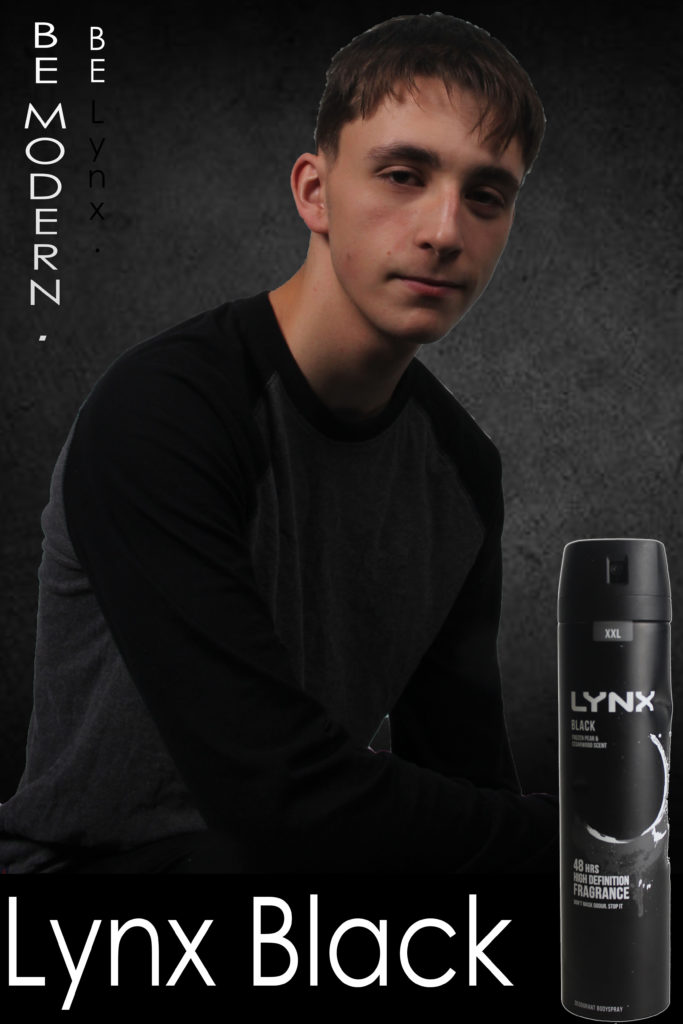Practical Elements of producing a media product include:
- Actors
- Set
- Props
- Technicians
- Post Production Teams
- Equipment
- Scriptwriters
- Producers
- Musicians
Conceptual Elements of producing a media product include:
- Storyline
- Performance
- Emotions
- Events
- Characters
- Themes
- Protagonists/Antagonists
- Linear/Cyclical Structure
Key Terminology
- Linear – A straightforward structure with a very smooth progression and a definitive beginning/middle/end.
- Chronological – An order where events pass in an order of time.
- Sequential – When a media product is following a logical order or sequence.
- Circular structure
- Time based
- Narrative arc
- Freytag’s Pyramid
- exposition,
- inciting incident,
- rising action,
- climax,
- falling action,
- resolution,
- denouement
- Beginning / middle / end
- Equilibrium
- Disruption
- New Equilibrium
- Peripeteia – A drastic and sudden change in fortune.
- Anagnoresis – A sudden dramatic revelation, usually occurs within the protagonist.
- Catharsis – The idea that we as humans can feel and absorb emotions from consuming a piece of media.
- The 3 Unities: Action, Time, Place
- flashback / flash forward
- Foreshadowing
- Ellipsis
- Pathos
- Empathy
- diegetic / non-diegetic
- slow motion
Peripeteia in Blinded by the Light – When the tickets are ripped up.
Anagnoresis in Blinded by the Light – When his father is badly hurt.
Catharsis in Blinded by the Light – At the end when Springsteen’s music is played by his father in the car.
My Film Synopsis:
A kid who lives an average life keeps waking up in a slightly altered reality, when things take a turn for the worst he becomes obsessed trying to find a way back to his reality but then in the midst of this madness, he realises his new life may not be as bad as he initially thought.
Statement of Intent:
I intent to produce a Mystery/Thriller film where a 16 year old’s average life is disrupted by an uncanny occurrence where his reality is slightly changing around him, one day at a time. Suddenly, when things take a turn for the worst he becomes certain of what has been happening to him even after the people around him deny anything that he’s saying so he decides to find a solution alone.



